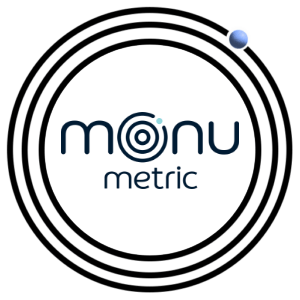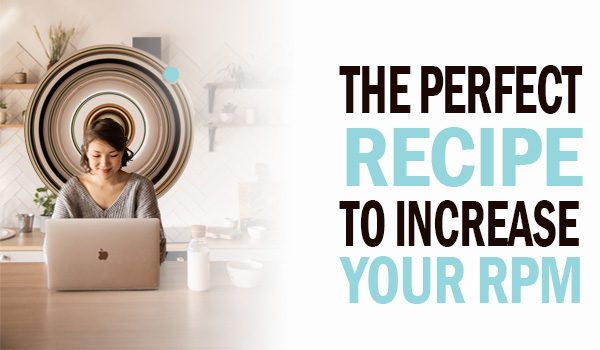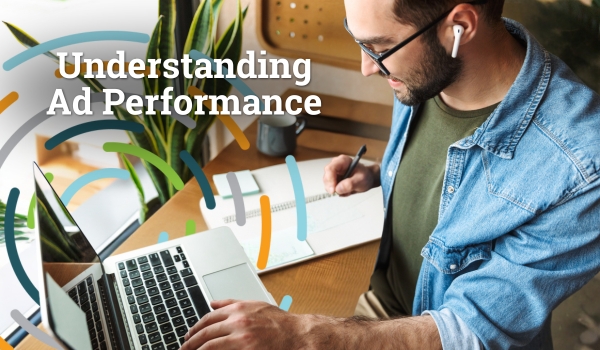Do you know that family recipe that never disappoints? It’s a crowd-pleaser, it never gets old, and it has everyone going back for seconds. Why is it so amazing? The ingredient combination is spot on, and the finished product offers a perfectly balanced bite. Well, we have something like that, but for your website. We call it the “perfect website recipe to multiply your RPM.”
Your website’s recipe can leave a similar impression on its users. When you methodically add all of the most effective elements to your website, your site visitor will have a truly enjoyable — dare we say, delicious — experience. And when your visitor has a great experience, he stays on your site longer, increasing your RPM.
Start with the Basics: What is RPM?
RPM stands for Revenue Per Thousand impressions. It’s a measurement that represents how much money your website makes for every one thousand ads shown on the site. That seems like a pretty cut-and-dry equation.

It’s actually a bit more complicated than that, starting with the fact that RPM can be measured in a couple of different ways. RPM can be used as a measurement of revenue per thousand impressions by pageview or session.
Pageview RPM will show the revenue of a thousand impressions for each page visited.
Session RPM will show the revenue of a thousand impressions for each session. Therefore Session RPM puts a value on each visit and not only on each page visited.
Ingredients that Impact RPM
So, what makes an impression more or less valuable to an advertiser? And what makes one site’s RPM so much better or worse than another’s?
There are so many different factors, but the simple answer is the probability of a purchase. If your website visitor is more likely to buy a product that’s being advertised, then it makes more sense for the company selling that product to spend money on advertising to that person.
Let’s break down that purchase probability into 6 key ingredients that have an impact on RPM.
- Ad Placement: Where an ad lives on the website can significantly impact the RPM. Ads placed above the fold, where they are more visible, tend to generate higher RPM than those placed in less visible locations.
- Ad Type: Display ads, video ads, and native ads have different revenue potentials. For example, sticky display ads that have higher viewability generally command higher CPMs (cost per thousand impressions) than others.
- Ad Size: Larger ads often command higher CPMs than smaller ones, as they are more noticeable and more likely to be clicked on.
- Ad Demand: A website’s ad space can vary based on several factors, including the advertiser’s budget, industry, and seasonal trends. When demand is high, RPMs tend to be higher.
- Website Traffic: The more visitors a website has, the more advertisers may be willing to pay for impressions.
- Target Audience: A website audience’s demographics and interests can also influence RPM, as advertisers may be willing to pay more to reach a specific group that’s more likely to buy.
The Most Important Ingredients to Focus On
Consider Monumetric, the head chef, in cooking up this recipe. The benefit of having an ad partner like Monumetric is we are industry experts in the first four ingredients on the list. We are continually innovating and iterating to provide the most robust ad options available, giving you ample time to focus on bringing in website traffic and serving your target audience.
Suppose Monumetric is the head chef; that makes you the sous chef. Here are some tasty tips to help you as you work on the recipe.
Increase time-on-page
Make sure your content is interesting and engaging in order to keep readers on the page. Ads refresh after 30 seconds, so think about it this way. If your average reader is on your page for 49 seconds, they are only seeing one set of ads. If you can increase your time-on-page to 62 seconds, then you just doubled your impressions!
Focus on increasing your desktop traffic
Advertisers pay more for ads on Desktops because the ads are larger and more visible. Also, people on a desktop tend to stay on a page longer than those on a mobile device. That being said, Desktop RPM is almost always higher than Mobile RPM, so the higher percentage of your traffic is through Desktop, the more money you will make.
Increase U.S. traffic
Advertisers pay more for ads that display for readers in the United States. American consumers are among the world’s biggest online spenders, with e-commerce sales in the US reaching over $860 billion in 2020. This means that advertisers can potentially see a greater return on investment from targeting American traffic. With English language dominance, it makes it easier for advertisers to create and distribute ads that are easily understood by American audiences.
How do I increase U.S. traffic to my website?
- If possible, host your website on a U.S.-based server.
- Add “United States,” “U.S.,” or “America” in your post’s meta titles and descriptions.
- Make sure language, grammar, and content match what a U.S. audience would want to read.
- Look for keywords that are popular in the U.S. and make sure you are using them in titles and articles.
These are the most impactful strategies we’ve seen increase RPMs for publishers. It may take playing around with each one, because not one site is identical to another.
For even more tips on the most valuable website traffic and how to attract it, check out this blog post here.
With hundreds of web recipes out there, how are you supposed to know which one is best? We feel that way all the time browsing Chicken Noodle Soup recipes on Pinterest.
Luckily, if you focus on the most valuable, high-quality ingredients that improve RPM on your website, you’ll see incredible results and elevated RPMs in no time.
Visit us at Monumetric to see if your site qualifies for the best partner in your theoretical web kitchen.




